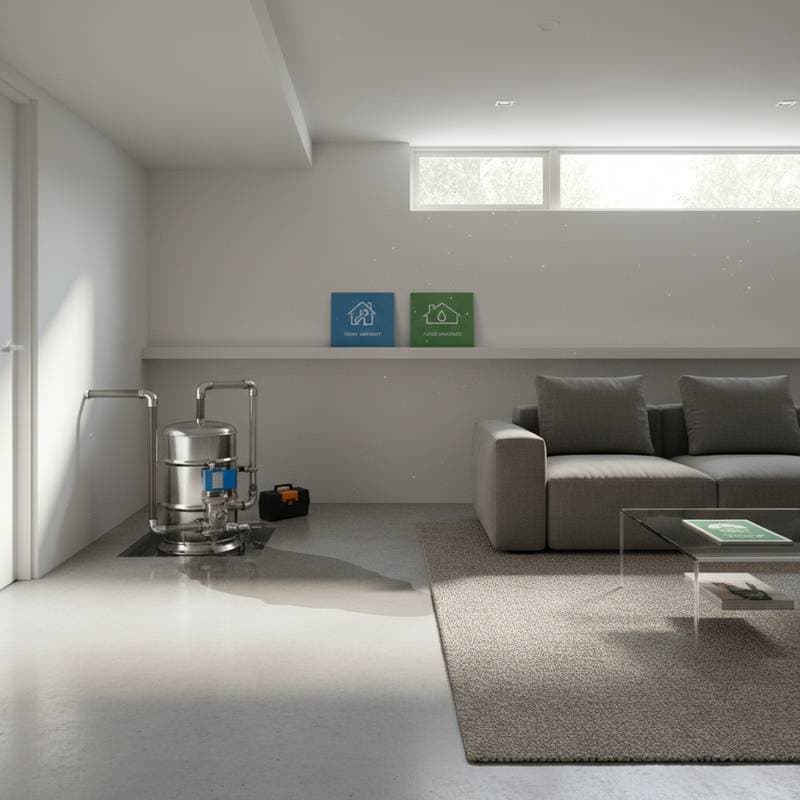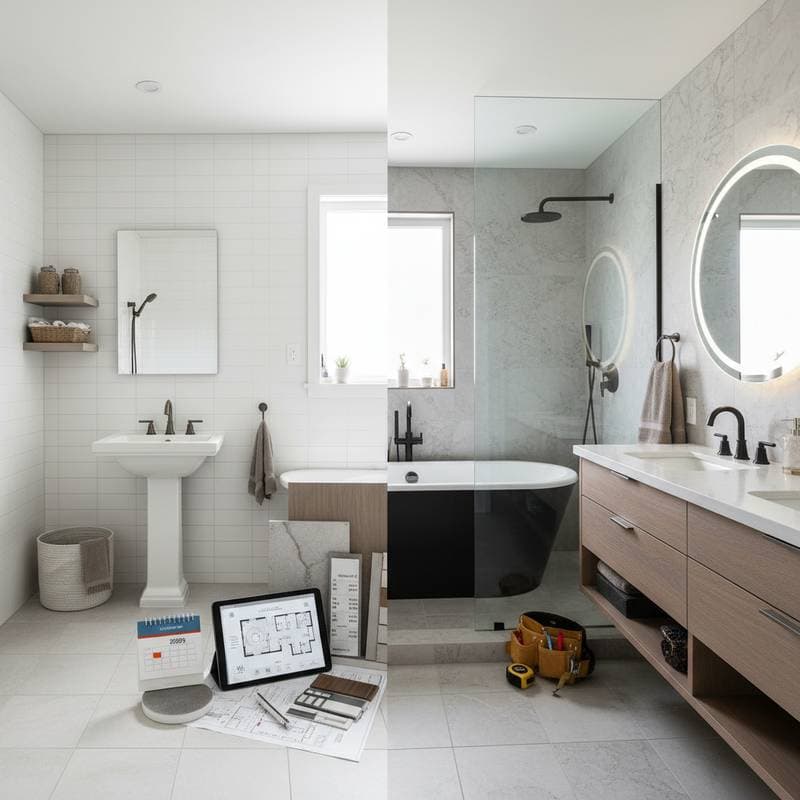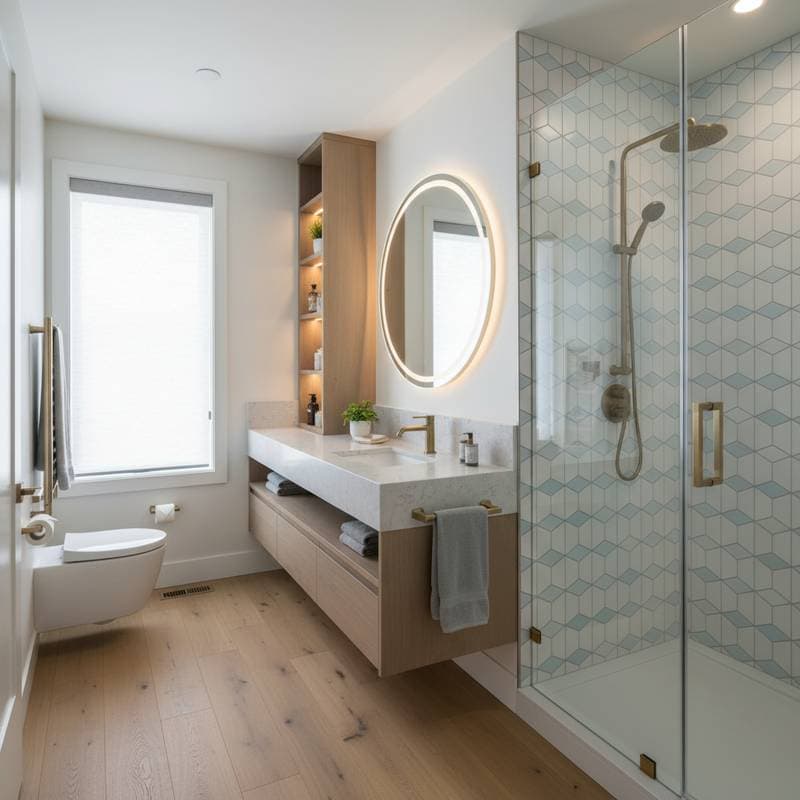The Hidden Exclusions in Home Warranty Mold Coverage
Mold transforms from a subtle issue into a significant threat rapidly. It proliferates unseen behind walls, beneath floors, and in moist areas, often signaling its presence with odors and health risks. Homeowners frequently expect their home warranty to manage mold removal, yet this expectation seldom aligns with reality. Fine print in warranty agreements typically includes exclusions that restrict or eliminate mold-related coverage.
Knowledge of covered and excluded elements equips homeowners to sidestep unexpected expenses and inform proactive choices for prevention and response.
What Home Warranties Typically Cover
Standard home warranties focus on repairing or replacing major systems and appliances due to normal wear. Examples include heating units, plumbing lines, electrical systems, and kitchen devices. These plans offer reassurance for mechanical breakdowns, but they do not substitute for homeowners insurance or address environmental hazards.
Providers classify mold as a maintenance concern rather than a covered system failure. Warranties target direct impacts on protected items, viewing mold as a secondary consequence. This separation frequently sparks coverage disagreements.
Common Limitations on Mold Coverage
Warranty terms vary by provider, yet certain exclusions recur across policies. Homeowners benefit from scrutinizing these details.
-
Mold from leaks or water intrusion. Repairs to a faulty pipe or roof may qualify for coverage, but subsequent mold removal does not.
-
Preexisting mold conditions. If mold predates the warranty purchase, claims face denial, even if discovered later.
-
General moisture and humidity problems. High humidity or condensation falls under routine homeowner upkeep, not warranty protection.
-
Capped remediation options. Optional add-ons for mold exist, but they limit reimbursements to modest amounts, insufficient for comprehensive treatment.
-
Structural damage exclusions. Mold infiltration into walls, floors, or insulation requires out-of-pocket demolition and rebuilding.
Reasons for These Coverage Restrictions
Warranty providers structure plans around foreseeable mechanical faults, steering clear of variable environmental risks. Mold arises from diverse causes, including concealed leaks, inadequate airflow, or storms. The variability prompts companies to constrain liability through exclusions or limits.
Industry insights from inspection professionals highlight the broad range of remediation expenses, influenced by infestation extent and location. Extensive cases demand containment barriers, air purification, and material replacement, often surpassing several thousand dollars. Such factors justify providers' cautious approach to mold claims.
Common Misconceptions About Warranty Scope
Homeowners often conflate warranties with insurance policies, which might cover mold tied to events like pipe bursts. Warranties serve as service agreements emphasizing repair coordination. Promotional phrases such as comprehensive protection foster illusions of broad inclusion without explicit mold provisions.
Customer feedback reveals frequent disputes over mold denials. Individuals file claims anticipating full assistance, only to find coverage limited to the originating repair, leaving mold expenses uncovered. This gap breeds dissatisfaction and financial strain.
Expenses Associated with Mold Removal
Addressing mold demands thorough procedures. Data from restoration firms indicate that treating minor spots costs several hundred dollars, while severe cases involving drywall excision or flooring replacement climb into thousands. Additional testing, isolation, and restoration amplify these figures.
Dependence on warranties alone disappoints many, as mechanical fixes receive attention but cleanup remains the homeowner's burden. Choices then involve hiring experts or attempting partial self-treatment, the latter carrying risks of incomplete eradication and health hazards.
Steps to Evaluate Mold Provisions in Your Warranty
Proactive review of warranty documents prevents future shocks. Follow these actions to assess available safeguards.
-
Examine the exclusions clause. Mold and moisture restrictions appear here prominently.
-
Investigate add-on options. Supplemental endorsements for environmental concerns may apply, though with defined caps and prerequisites.
-
Seek written clarifications pre-purchase. Document any verbal assurances regarding mold in the official policy for validity.
-
Understand protocols for water incidents. Timely notifications and inspections prove essential; oversights can invalidate otherwise eligible claims.
Strategies to Prevent Mold Development
Given limited warranty support, maintenance forms the strongest barrier against mold. Consistent checks curb moisture buildup and spore proliferation. Implement these practices:
- Examine plumbing at sinks, showers, and fixtures for drips.
- Clear gutters and downspouts to divert water from foundations and siding.
- Operate exhaust fans during cooking and bathing to expel steam.
- Control indoor humidity under 50 percent with dehumidifiers in prone areas.
- Arrange annual HVAC servicing to clear drainage lines and filters.
Such routines prove economical compared to remediation and sustain property integrity.
Indicators for Professional Intervention
Visible mold on surfaces or persistent musty scents warrant expert evaluation. Surface cleaning suits non-porous materials like tile, but concealed growth signals underlying leaks requiring advanced tools. Specialists employ moisture meters, spore tests, and sealed work zones to contain contaminants.
Community discussions underscore swift action's value. Contractors note that intervening within 24 hours of water detection often confines damage. Though warranties exclude cleanup, resolving sources early averts escalation.
Leveraging Warranties in Mold Management
Home warranties contribute indirectly by accelerating fixes for systems like plumbing or air handlers, thereby shortening exposure periods and curbing mold opportunities.
Safeguarding Your Home Effectively
Warranties provide targeted relief, yet mold demands separate vigilance. Awareness of exclusions empowers homeowners to budget for potential cleanups and prioritize upkeep. This informed strategy fosters secure, enduring living environments.





